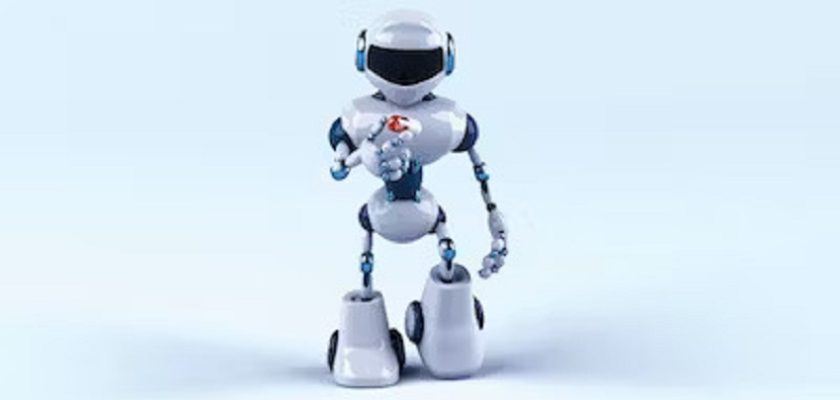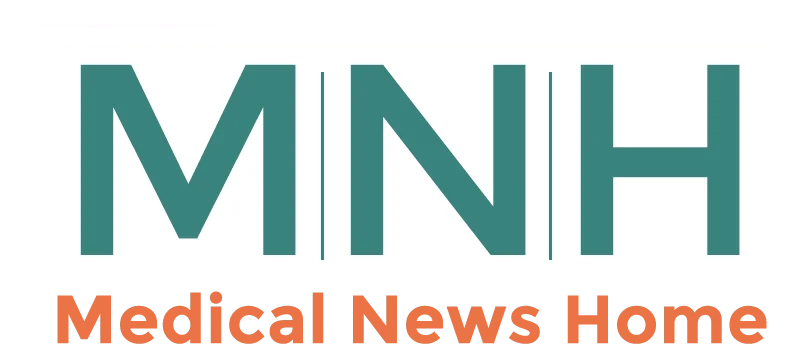Transforming Healthcare Delivery: The Impact of Robotics and Automation
- Updated on: May 7, 2025
- Published on Jul 14, 2023

In recent years, the healthcare industry has witnessed significant advancements in robotics and automation, which have the potential to revolutionize the way healthcare services are delivered. These cutting-edge technologies hold the promise of enhancing patient care, improving outcomes, and streamlining processes in healthcare settings.
The integration of robotics and automation in healthcare has the potential to bring about transformative changes. By leveraging the power of technology, healthcare providers can enhance precision, accuracy, and efficiency, ultimately leading to improved patient safety and outcomes. It is crucial to understand the advantages and applications of robotics and automation to realize their full potential in revolutionizing healthcare delivery.
Advantages of Robotics and Automation
Streamlining Processes and Reducing Human Error
Robotic systems and automation can significantly streamline various healthcare processes, reducing the likelihood of human error. From automated data entry to robotic inventory management, these technologies ensure accurate and efficient workflows, minimizing the risk of mistakes in patient care. By automating routine tasks, healthcare professionals can focus on more complex and critical aspects of patient treatment.
Enhancing Precision and Accuracy in Medical Procedures
One of the most significant advantages of robotics and automation in healthcare is their ability to enhance precision and accuracy in medical procedures. Robotic-assisted surgeries, for example, enable surgeons to perform intricate procedures with enhanced dexterity and control. The use of robotic systems provides improved visualization and stability, leading to better surgical outcomes and shorter recovery times for patients.
Improving Patient Safety and Outcomes
The integration of robotics and automation in healthcare has the potential to improve patient safety and outcomes. By reducing the potential for human error, these technologies minimize the risks associated with medical procedures and treatments. Automation also enables real-time monitoring of vital signs, facilitating early detection of abnormalities and proactive interventions. Ultimately, this leads to better patient outcomes and a higher quality of care.
Increasing Efficiency and Productivity of Healthcare Providers
Robotics and automation can significantly increase the efficiency and productivity of healthcare providers. With automated systems for medication dispensing and administration, healthcare professionals can ensure accurate dosages and reduce medication errors. Robotic exoskeletons can assist in rehabilitation, allowing patients to regain mobility and independence more quickly. Telemedicine and remote patient monitoring enable healthcare providers to deliver care remotely, increasing accessibility and optimizing their time and resources.
Applications of Robotics and Automation in Healthcare
Robotic Surgery and Minimally Invasive Procedures
Robotic-assisted surgeries have revolutionized the field of healthcare. With the use of robotic systems, surgeons can perform complex procedures with precision and control. These systems provide 3D visualization, enhanced dexterity, and improved instrument manoeuvrability. As a result, patients experience smaller incisions, reduced pain, faster recovery, and shorter hospital stays.
Automated Medication Dispensing and Administration
Automation plays a crucial role in medication management, ensuring accurate and timely dispensing and administration. Automated systems can accurately package medications, reducing the risk of human errors in dosage preparation. Robotics also enable the precise delivery of medications, ensuring patients receive the right medications at the right time. This automation enhances patient safety and improves medication adherence.
Robotic Exoskeletons for Rehabilitation
Robotic exoskeletons are transforming the field of rehabilitation by enabling individuals with mobility impairments to regain functionality. These wearable robotic devices provide support and assistance to patients, helping them perform movements and exercises that aid in their recovery. Robotic exoskeletons improve muscle strength, coordination, and balance, allowing patients to regain independence and improve their quality of life.
Telemedicine and Remote Patient Monitoring
Telemedicine and remote patient monitoring leverage technology to deliver healthcare services remotely. Patients can consult healthcare professionals through video calls, receive medical advice, and have their conditions monitored from the comfort of their homes. Robotic devices equipped with sensors enable the remote monitoring of vital signs, allowing healthcare providers to detect any changes or abnormalities promptly. This technology improves accessibility to healthcare, particularly for individuals in rural or underserved areas.
Robotic Assistance in Patient Care and Support
Robotics and automation are increasingly being used to assist healthcare professionals in patient care and support roles. Robots can perform tasks such as lifting and transferring patients, reducing the risk of injuries for both patients and caregivers. They can also provide companionship and support to patients in long-term care settings, helping alleviate loneliness and improve their overall well-being.
Challenges and Considerations
Cost and Accessibility of Robotics and Automation Technology
One of the significant challenges in integrating robotics and automation into healthcare delivery is the cost and accessibility of the technology. These advanced systems often come with a substantial price tag, making them inaccessible for many healthcare facilities, particularly smaller ones. Addressing the cost barriers and ensuring the affordability of these technologies is crucial to ensure their widespread adoption and benefits across the healthcare industry.
Ethical and Legal Implications
As robotics and automation become more prevalent in healthcare, it is essential to address the ethical and legal implications associated with their use. Questions surrounding patient privacy, data security, and liability arise when dealing with automated systems and robotic devices. Healthcare organizations must establish robust policies and safeguards to protect patient information and ensure compliance with legal and ethical standards.
Integration and Training for Healthcare Professionals
The successful integration of robotics and automation in healthcare relies on proper training and education for healthcare professionals. The use of robotic systems and automated technologies requires specialized knowledge and skills. Ongoing training programs and educational initiatives should be implemented to ensure that healthcare professionals can leverage these technologies effectively and maximize their benefits in patient care.
Ensuring Patient Privacy and Data Security
With the increased reliance on robotics and automation in healthcare, protecting patient privacy and data security is of utmost importance. As patient information is collected and shared through automated systems, robust security measures must be in place to safeguard sensitive data from breaches or unauthorized access. Adhering to strict data protection regulations and adopting secure technology solutions is crucial to maintaining patient trust and confidence.
Future Prospects and Implications
Advancements in Robotics and Automation Technologies
The future holds promising advancements in robotics and automation technologies. As research and development continue, we can expect even more sophisticated robotic systems with enhanced capabilities and functionalities. These advancements will further improve the precision, efficiency, and safety of healthcare delivery, paving the way for more innovative applications in the field.
Potential for Personalized and Precision Medicine
The integration of robotics and automation in healthcare opens up opportunities for personalized and precision medicine. By leveraging advanced algorithms and data analytics, healthcare professionals can analyze vast amounts of patient data to develop personalized treatment plans tailored to individual needs. This targeted approach enhances treatment efficacy, minimizes adverse effects, and improves patient satisfaction.
Impact on Healthcare Workforce and Job Roles
The widespread adoption of robotics and automation in healthcare raises questions about the impact on the healthcare workforce and job roles. While these technologies automate certain tasks, they also create new opportunities for healthcare professionals to focus on complex decision-making, patient interaction, and specialized care. The healthcare workforce must adapt to these changes, embracing lifelong learning and upskilling to stay relevant in the evolving landscape of healthcare delivery.
Addressing Societal Acceptance and Trust in Robotic Healthcare
As robotics and automation become more integrated into healthcare delivery, addressing societal acceptance and trust becomes crucial. Building public trust in robotic healthcare requires transparency, open communication, and education about the benefits and limitations of these technologies. Engaging patients, caregivers, and the general public in meaningful conversations can help alleviate concerns and foster acceptance of robotic healthcare solutions.


